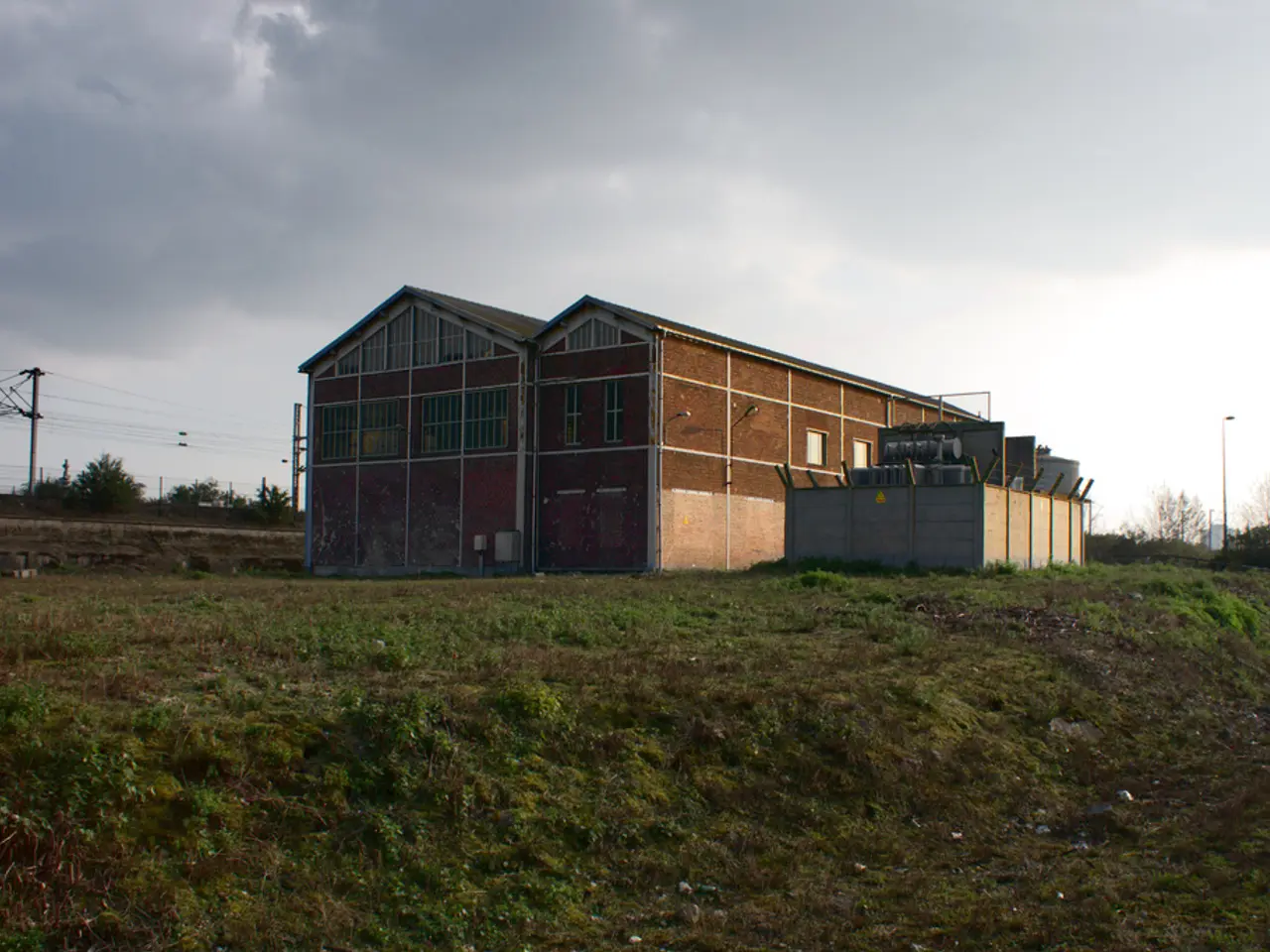Rainwater could potentially be used to generate electricity for your lighting needs in the future
In a groundbreaking development, a team of engineers at the National University of Singapore have created a new type of hydropower technology that harnesses energy from tiny bursts of energy sparked when rain runs down a narrow tube. This innovative system, detailed in the May 28 issue of ACS Central Science, could potentially offer a clean and sustainable way to tap electricity from the environment.
The new technology works by maximizing the separation of electric charges in water molecules as they flow through an electrically conducting tube. As rainwater runs down a narrow tube, negatively charged hydroxide molecules (OH) leave the droplet and latch onto the tube's inner surface, while an excess of positively charged hydrogen ions (H) remains in the water. Tiny air pockets that develop between the water droplets as they slide down the tube further increase the rates of charge separation.
The separated positive and negative electric charges create a voltage between the ions, similar to the charge separation that occurs when you shuffle across a rug wearing socks. This voltage can generate an electric current, which can be used to drive chemical reactions or power small devices. In early tests, the system was able to make up to 100 watts of power for each square meter of surface area collecting water, according to the team behind the technology.
While the new system offers a promising solution for generating clean energy, it's important to note that it won't solve global energy problems or replace fossil fuels. As Himanshu Mishra, a physicist at King Abdullah University in Thuwal, Saudi Arabia, points out, the technology is an interesting way to learn more about how electric charges behave.
David Ma, an engineer at Texas A&M University, worked on a somewhat related system seven years ago. Soh's team's new solution to this problem is to mix air in with the water, which seems to have significantly increased the efficiency of the system. The electricity generated by the system can be used to power small devices such as LED lights, with Soh's group running 20-second-long tests of its system that made enough electricity to continuously power 12 LED lights.
The system consists of four tubes, each 32 centimeters (12.6 inches) long, and the team behind the technology is hopeful that further developments and optimizations could lead to even greater efficiency and power output in the future. The new hydropower technology offers a promising avenue for harnessing clean and renewable energy from a source that is both abundant and underutilized.








